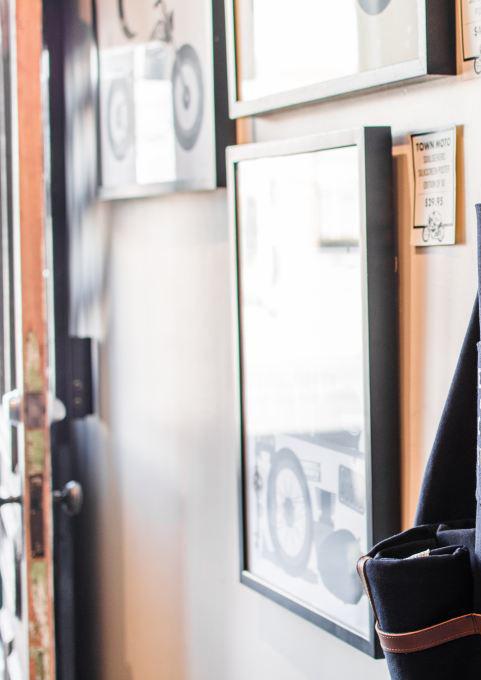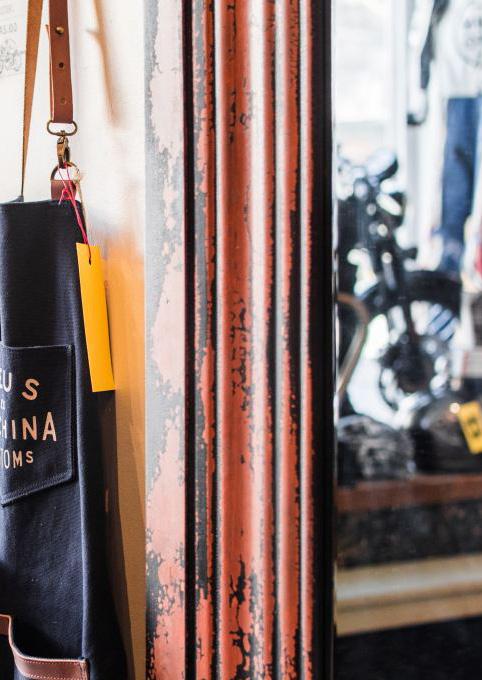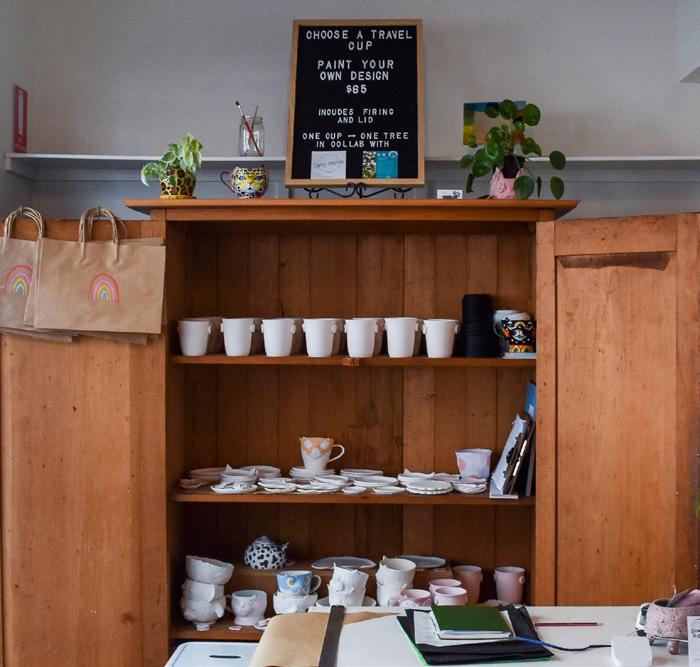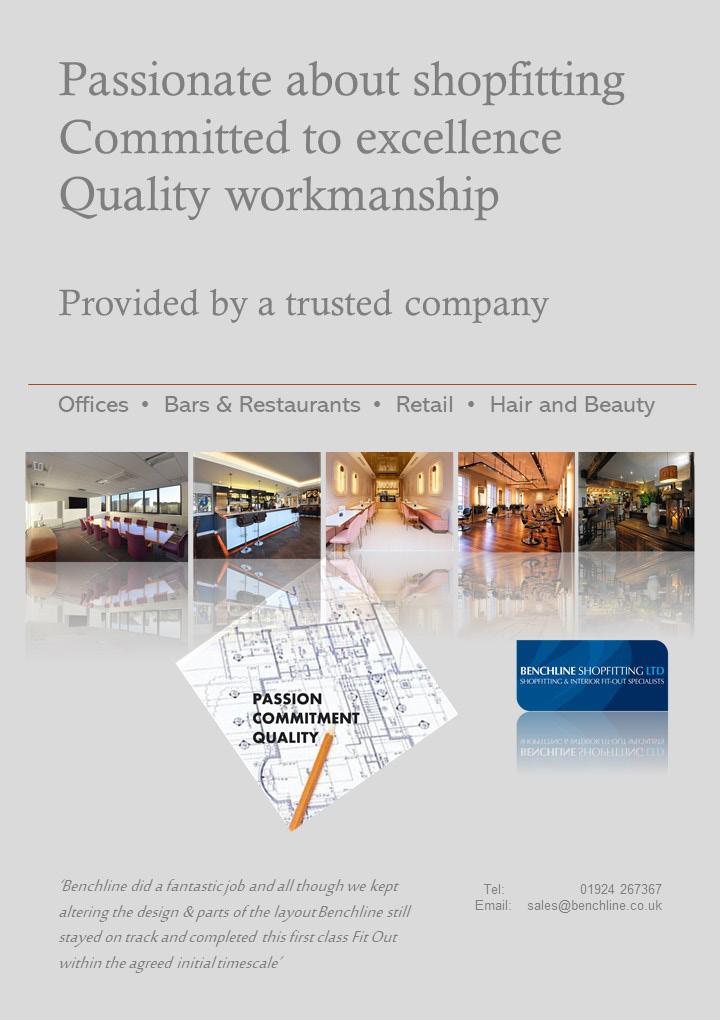
4 minute read
Closing the loop on sustainable retail displays
Specialists in graphic and display retail installation, 100% Group, recently conducted a survey of over 200 retail professionals with the responsibility for the creation, manufacture, management or implementation of brand retail displays, to assess how sustainability falls into their overall brand. Founder and Managing Director of 100%, Dan Williams, explores the findings:
Contributor: Dan Williams, Founder and Managing Director of 100% Group
Advertisement
It is now common knowledge that sustainability is key for brands to maintain their competitive edge, which is why it’s not surprising that our research found that 78% of consumer electronics brands now have an environmental sustainability policy in place. However, it is no longer enough to simply show good intentions through professional communications. Brands must take a holistic approach to sustainability by building it into their strategies and business models. While brands may enforce sustainability principles through product design and manufacture, another key factor that they must consider if they wish to create a circular economy, is the visual merchandising of these products. Not only is this vital to taking steps towards a greener planet, implementing comprehensive sustainability practices, specifically in visual merchandising, can have a positive effect on their bottom line. Our research found that, while implementing sustainability programmes on retail displays can seem expensive, incurring an average 18% rise in costs, doing so can reap benefits for the brand, producing an average 23% increase in sales. It could be argued that sustainability is the greatest challenge to present and future management practices. Understanding the concept of sustainability should be the first step to the implementation process. To put it simply, sustainability should be seen as meeting the needs of the present generation without compromising the ability of future generations to meet their needs. The best way to achieve this goal is by looking beyond current straight-line practices and creating a circular economy by gradually decoupling the design, manufacture and display of products from consumption of non-renewable resources and creating viable end of life solutions. Combining digital prowess with sustainable processes

should be at the forefront of any business strategy. This helps brands to differentiate themselves and gain long-term viability in regard to the geographical area and communities in which the business operates as well as customers and stakeholders – something that is essential to the success of the brand.
There does appear to be some confusion in the market about who to go to or where to get help when it comes to building circular sustainability into retail display installations. While we know that efforts are focused on the inputs to the display such as raw materials, of the third of respondents who don’t have a recycling policy for their end of life retail displays, 41% were unaware of any services that could recycle end of life retail displays. Our research also found that retailers are more likely to use recycling services for retail displays provided by their display manufacturer than their installation partner. With vast amounts of retailers overlooking the end of life options available to them, it is important that the option of recycling is not only communicated to them, but that they are provided with other options such as reuse and repurpose. This involves giving fixtures and fittings a second life by building on the value that the product already has. Recycling is less effective than redeployment in terms of profitability and resource efficiency. It is possible to find innovative new applications for retail materials that would have otherwise be thrown away. While our research shows that there are viable opportunities for more sustainable practices in retail display, the challenge is creating a fully circular economy, rather than just putting focus on the input of raw materials. It is crucial that we work together to close the loop on sustainability. There are plenty of options available to brands – from remodelling displays into something that will be useful elsewhere, to redeploying


the fixture and of course, as a last measure, recycling it. However, there is evidently some confusion about the options available to brand and retail display owners. These options must be communicated clearly in order to increase their accessibility and ultimately to help brands close the loop faster and more easily so that each and every retail display created and installed has a sustainable endof-life plan already mapped out for it. Going forward, we can see that 22% of retailers already have sustainability measures and initiatives in place and a further 43% are planning to introduce them with a year. It is crucial now that we enforce a change across the board – from the design, manufacture and installation up until the end of product life – dedicating the appropriate time and resources to sustainability. This is essential to the success of brands today, and it’s only likely to become more important as the issue gains more traction in parliament, in the news and on our high streets.












